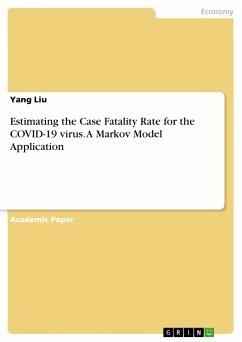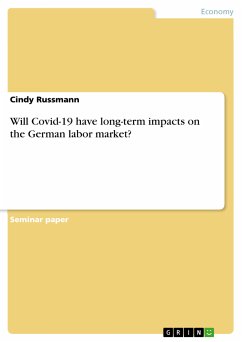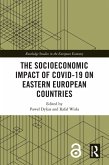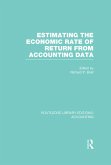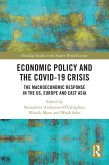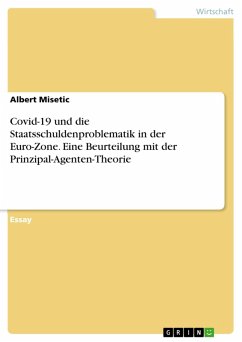Academic Paper from the year 2020 in the subject Economy - Health Economics, grade: A, , language: English, abstract: Europe has became the new epicentre of the COVID-19 pandemic, according to the WHO on 13th March 2020. Sums and ratios of death and confirmed cases were reported daily, however, such statistics vary significantly by country and it is therefore challenging to understand and measure the risk and severity of the novel disease. Prior to the European outbreak, the COVID-19 virus infected more than 80,000 people in China since late 2019 and took the life of several thousands during the past few months. In this paper, a 3-state model Markov model is applied on the data from China to study the dynamics of the disease and the impact of containment strategies. The long-run stable transition probability obtained from the Markov model provides a convenient approach to estimate the case fatality rate of the COVID-19. Also, the estimated life expectancy give a reasonable estimate of time between first symptom and death. Considering the containment strategy implemented in China, the analysis is done for Hubei province and the rest of China respectively. Comparison of daily estimated results over the whole observation period highlight the impact of the strategy while supporting the measures and controls in place. The proposed Markov model produce reasonable and intuitive estimates that help to measure the virulence of the disease and understand the prevalence overtime. While uncertainty persists as the pandemic goes on, our results show that the Markov approaches provide a useful tool for prognosis and epidemic control.
Dieser Download kann aus rechtlichen Gründen nur mit Rechnungsadresse in A, B, BG, CY, CZ, D, DK, EW, E, FIN, F, GR, HR, H, IRL, I, LT, L, LR, M, NL, PL, P, R, S, SLO, SK ausgeliefert werden.

